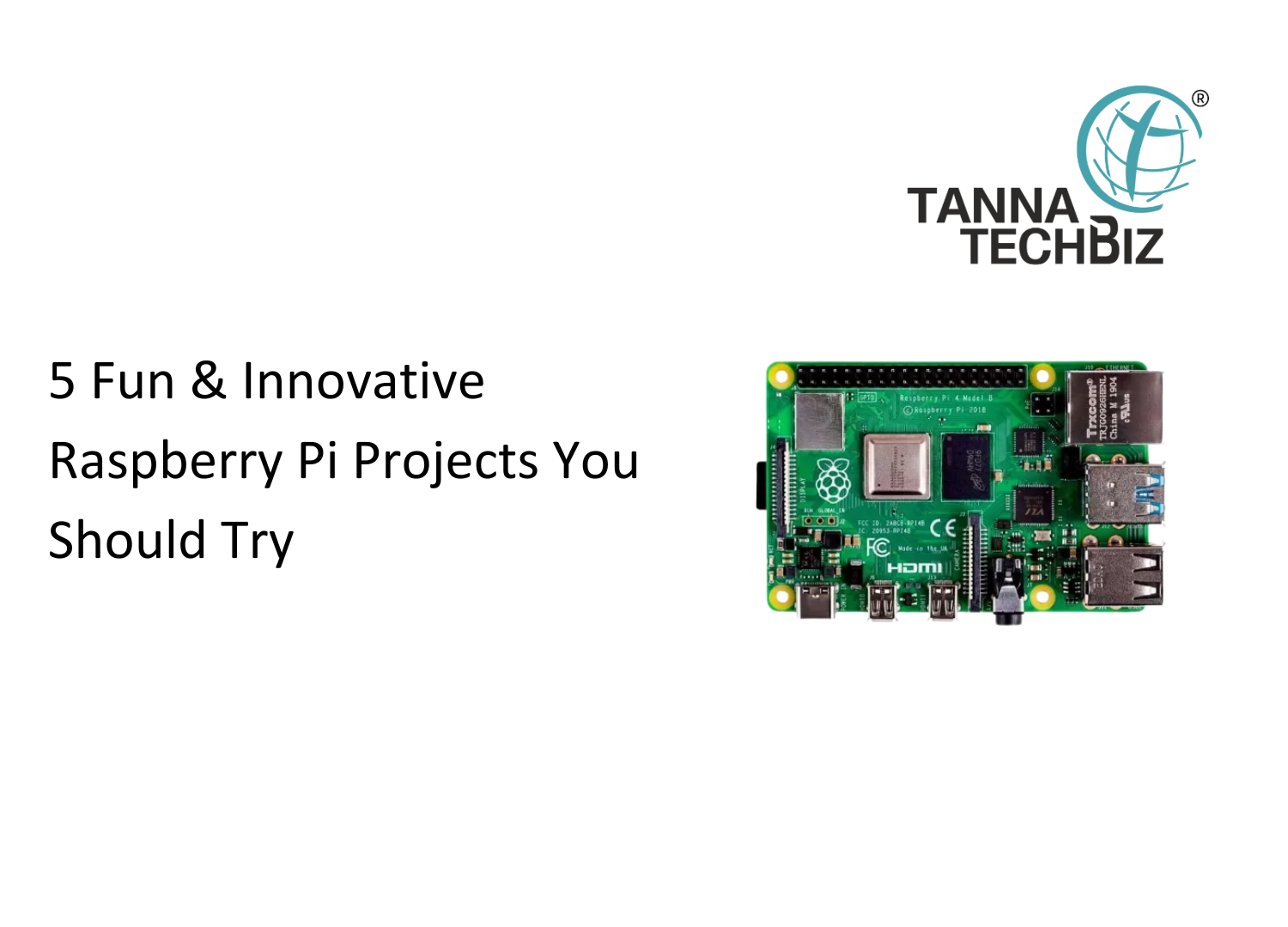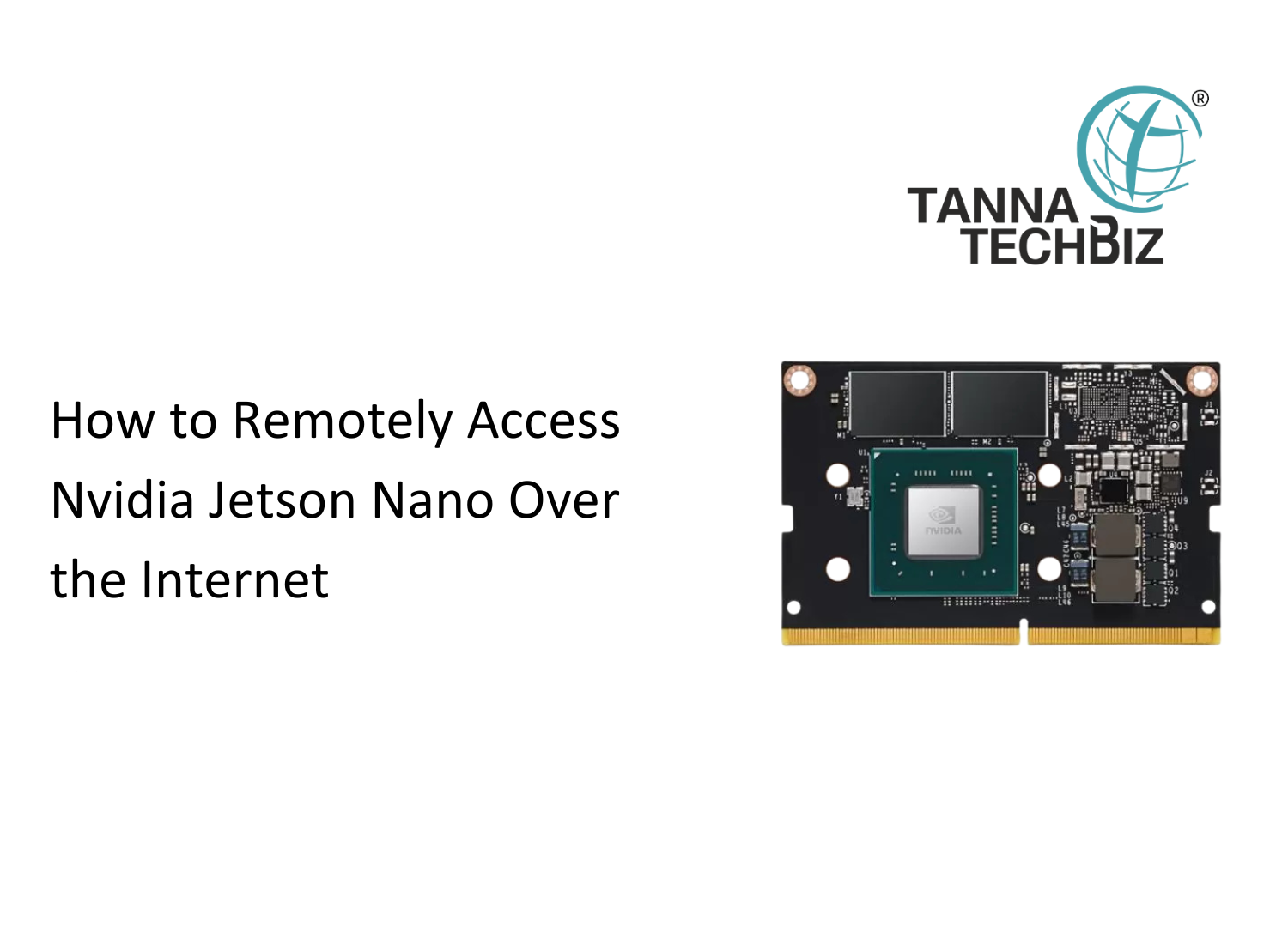Raspberry Pi 5 vs Raspberry Pi 4: Detailed Comparison of Models (8GB, 4GB, 2GB)
March 25, 2025 691

Raspberry Pi 5 vs Raspberry Pi 4: Detailed Comparison of Models (2GB, 4GB, 8GB)
The Raspberry Pi has long been a popular choice for hobbyists, developers, and professionals looking for an affordable yet powerful single-board computer (SBC). With the release of the Raspberry Pi 5, users now have an upgraded alternative to the popular Raspberry Pi 4.
But how do the different models compare? Should you go for Raspberry Pi 5 (8GB, 4GB, or 2GB), or does Raspberry Pi 4 (8GB, 4GB, or 2GB) still hold its ground?
In this blog, we’ll compare the specifications, performance, and ideal use cases for each of these models to help you decide which one best suits your needs.
1. Key Upgrades in Raspberry Pi 5 Over Raspberry Pi 4
Before diving into individual comparisons, let’s take a look at some major improvements Raspberry Pi 5 brings over Raspberry Pi 4:
- Faster Processor: The Raspberry Pi 5 features a 2.4 GHz quad-core Cortex-A76 CPU, offering up to 2–3x better performance than the Raspberry Pi 4’s 1.8 GHz quad-core Cortex-A72.
- Enhanced GPU: The VideoCore VII GPU on the Raspberry Pi 5 supports 4K@60Hz dual display with HDR, making it superior to the Raspberry Pi 4’s VideoCore VI GPU.
- PCIe Support: Raspberry Pi 5 introduces a PCIe 2.0 interface, allowing for NVMe SSDs and other high-speed peripherals, something the Raspberry Pi 4 lacks.
- Better Memory Bandwidth: The LPDDR4X RAM in Raspberry Pi 5 runs at 4267 MT/s, significantly faster than Raspberry Pi 4’s 3200 MT/s LPDDR4 RAM.
- Faster USB and Network: The Raspberry Pi 5’s USB 3.0 ports now have dedicated bandwidth, leading to higher transfer speeds. The Gigabit Ethernet also sees improved performance.
- New Power Management System: The Power Management IC (PMIC) enhances power efficiency, resulting in better thermal performance and lower power consumption.
- More GPIO Flexibility: The GPIO header on Raspberry Pi 5 includes extra connections for future expansion.
- Dedicated Power Button: Unlike the Raspberry Pi 4, the Raspberry Pi 5 introduces a power button, making it more user-friendly.
2. Raspberry Pi 5 vs. Raspberry Pi 4: Spec-by-Spec Comparison
| Feature | Raspberry Pi 5 (8GB, 4GB, or 2GB) | Raspberry Pi 4 (8GB, 4GB, or 2GB) |
|---|---|---|
| Processor | Broadcom BCM2712, 2.4GHz quad-core 64-bit Arm Cortex-A76 | Broadcom BCM2711, 1.5GHz quad-core 64-bit Arm Cortex-A72 |
| GPU | VideoCore VII, OpenGL ES 3.1, Vulkan 1.2 | VideoCore VI, OpenGL ES 3.0 |
| RAM Options | 2GB, 4GB, 8GB, 16GB LPDDR4X-4267 SDRAM | 1GB, 2GB, 4GB, 8GB LPDDR4 SDRAM |
| Storage | MicroSD (supports high-speed SDR104 mode) | MicroSD |
| USB Ports | 2 × USB 3.0, 2 × USB 2.0 | 2 × USB 3.0, 2 × USB 2.0 |
| HDMI Output | Dual 4Kp60 HDMI with HDR support | Dual micro-HDMI supporting up to 4Kp60 |
| Networking | Gigabit Ethernet with PoE+ support | Gigabit Ethernet with PoE support (via PoE HAT) |
| Wireless | Dual-band 802.11ac Wi-Fi, Bluetooth 5.0 | Dual-band 802.11b/g/n/ac Wi-Fi, Bluetooth 5.0 |
| PCIe Support | PCIe 2.0 x1 interface (requires M.2 HAT or adapter) | Not available |
| Camera/Display Interface | 2 × 4-lane MIPI camera/display transceivers | 2 × 2-lane MIPI CSI/DSI ports |
| Power Supply | 5V/5A USB-C with Power Delivery support | 5V/3A USB-C |
| Real-Time Clock (RTC) | Yes (requires external battery) | Not available |
| Power Button | Yes | No |
| Multimedia | 4Kp60 HEVC decoder, improved GPU | H.265 (4Kp60 decode), H.264 (1080p60 decode) |
3. Which Model Should You Choose?
Raspberry Pi 5 (8GB) vs. Raspberry Pi 4 (8GB)
- Best For: AI, machine learning, gaming, robotics, video editing, media centers, high-end projects
- Why Choose Raspberry Pi 5 (8GB)?
- Faster CPU & GPU for demanding applications
- PCIe support for NVMe SSDs
- Faster RAM speeds for better multitasking
- Higher 4K display refresh rates
- Improved USB and network speeds
- When to Consider Raspberry Pi 4 (8GB)?
- If you need more affordable 8GB RAM options
- If your project does not require PCIe or high-speed processing
Buy Now:
Raspberry Pi 5 - 8GB
Raspberry Pi 4 - 8GB
Raspberry Pi 5 (4GB) vs. Raspberry Pi 4 (4GB)
- Best For: General computing, programming, smart home automation, lightweight AI tasks
- Why Choose Raspberry Pi 5 (4GB)?
- Better multitasking performance
- Enhanced GPU for smoother media playback
- Faster RAM speeds
- Improved thermal performance
- When to Consider Raspberry Pi 4 (4GB)?
- If you are on a budget and do not require extra features like PCIe
Buy Now:
Raspberry Pi 5 - 4GB
Raspberry Pi 4 - 4GB
Raspberry Pi 5 (2GB) vs. Raspberry Pi 4 (2GB)
- Best For: Basic coding, IoT projects, educational purposes, low-power applications
- Why Choose Raspberry Pi 5 (2GB)?
- Faster CPU and GPU improve overall performance
- Higher RAM speed ensures smoother performance
- Dedicated USB 3.0 bandwidth improves data transfer
- When to Consider Raspberry Pi 4 (2GB)?
- If you're looking for the most budget-friendly option for lightweight projects
Buy Now:
Raspberry Pi 5 - 2GB
Raspberry Pi 4 - 2GB
4. Conclusion: Which Raspberry Pi Model is Right for You?
If you need the best performance and future-proofing, go for the Raspberry Pi 5 (8GB) with its faster CPU, GPU, PCIe support, and improved connectivity. For general-purpose computing, the Raspberry Pi 5 (4GB) offers a great balance between cost and performance. If you're looking for a budget-friendly option for basic coding, IoT, or education, the Raspberry Pi 5 (2GB) or Raspberry Pi 4 (2GB) will get the job done. The Raspberry Pi 4 models remain relevant for those who need affordable, stable SBCs without requiring cutting-edge performance enhancements found in the Pi 5 series.



